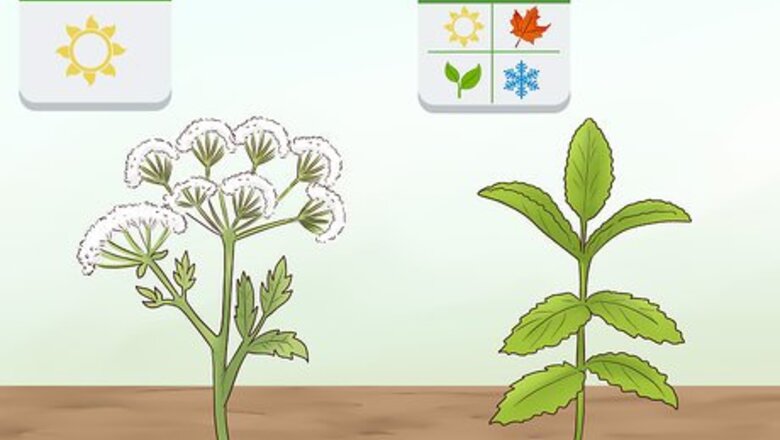
views
Choosing the Herbs and Planting Sites
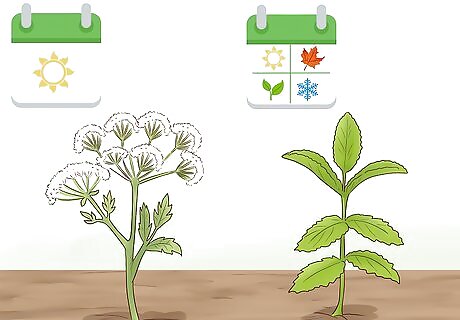
Decide if you want annuals or perennials. Annual plants only bloom for 1 season and include herbs such as anise, dill, coriander, basil, and chervil. Perennial plants come back each season, such as herbs like mint, tarragon, fennel, and chives. You can choose to plant annuals, perennials, or both. Just be sure you know which plants will die off at the end of the season.
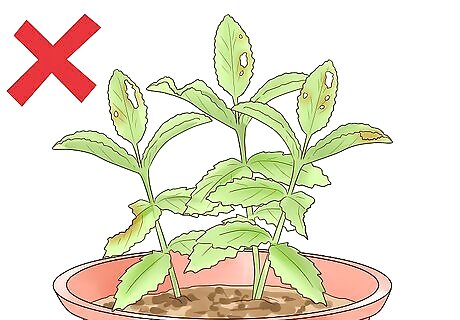
Choose plants without discoloration or holes. Using existing plants can provide you with hardier specimens that you can harvest sooner. If you choose to use existing plants, be sure to inspect them thoroughly before purchasing. Avoid choosing any plants with signs of pests or diseases, such as those that are brown or wilting, have holes or spots on them, or otherwise look unhealthy.

Pick seeds free of rot or mold. Planting herbs from seeds may allow you to grow a wider variety of herbs than choosing starter plants. If you choose to plant seeds, obtain them from a reputable company. Research different providers and read customer reviews to help you make your choice. Make sure the seeds are not discolored, misshapen, or show signs of rot, mold or other issues before planting them. Some herbs don’t transplant well and should be grown from seed, including fennel, cumin, anise, chervil, dill, borage, caraway, parsley, and cilantro/coriander.
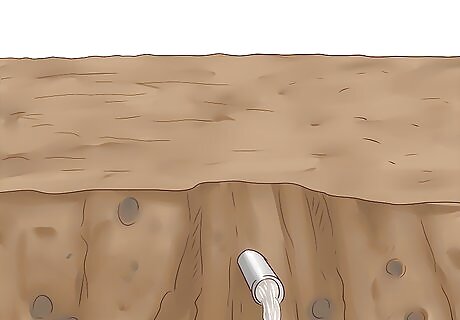
Select sites with good drainage. It’s important that the area in which you plant herbs has good drainage so they don’t become waterlogged. Inspect your soil after heavy rainfall or watering. If puddles or patches of water remain on top of the soil after several hours, your soil is not well-draining. To amend your existing soil, you can dig up the top 12 inches (30 cm) of soil in the area you will plant the herbs. Mix 25% sand, compost, or peat into the soil, then use the mixture to fill in the area. If you’re planting your herbs in containers and placing them outdoors, select a soil with good drainage, such as one that contains vermiculite or sand. EXPERT TIP Steve Masley Steve Masley Home & Garden Specialist Steve Masley has been designing and maintaining organic vegetable gardens in the San Francisco Bay Area for over 30 years. He is an Organic Gardening Consultant and Founder of Grow-It-Organically, a website that teaches clients and students the ins and outs of organic vegetable gardening. In 2007 and 2008, Steve taught the Local Sustainable Agriculture Field Practicum at Stanford University. Steve Masley Steve Masley Home & Garden Specialist Consider using additives if your native soil isn't ideal. Steve Masley and Pat Browne, owners of Grow it Organically, say: "If you're working on a heavy clay-based soil, you need to make it more porous so the water and air can penetrate. That allows the microorganisms to go further and deeper into the soil, and that's when good things happen. And if you have sandy soil, where you put a hose on it and water just drains right through, then you need to add a lot of organic matter to the soil. And for really hot, sandy soil, I also like to add biochar, which soaks up a lot of moisture and adds a lot of microbial surface areas so the soil organisms have something to cling to."
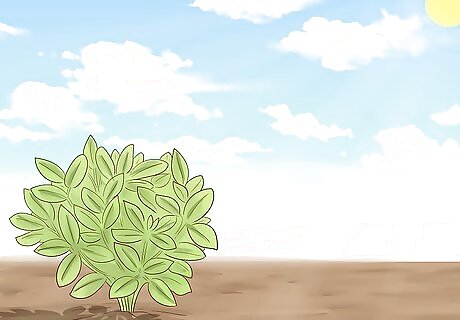
Place the herbs in locations that receive the recommended amount of sunlight. Different herbs require different levels of sun exposure. Refer to the seed package or the label on the plant to find out the requirements, and situate the plants where they will get the recommended amount of exposure. For instance, sage requires full sun, but chervil requires full shade.
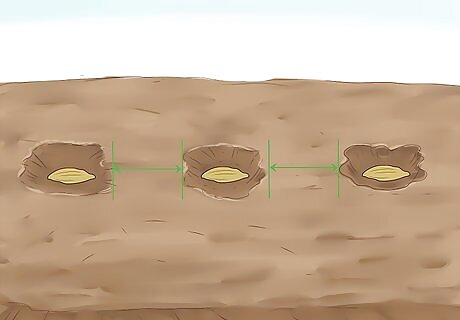
Space the plants or seeds as per the package instructions. Some herbs may grow rapidly and need lots of space, while others are smaller and slimmer and can be planted closer together. Read the seed packet or plant label to find out how much space each herb needs. If you’re using containers, choose ones that are larger than 6 inches (15 cm) in diameter so the herbs don’t become too cramped. EXPERT TIP Steve Masley Steve Masley Home & Garden Specialist Steve Masley has been designing and maintaining organic vegetable gardens in the San Francisco Bay Area for over 30 years. He is an Organic Gardening Consultant and Founder of Grow-It-Organically, a website that teaches clients and students the ins and outs of organic vegetable gardening. In 2007 and 2008, Steve taught the Local Sustainable Agriculture Field Practicum at Stanford University. Steve Masley Steve Masley Home & Garden Specialist Beginner gardeners tend to overcrowd their plants. The team at Grow it Organically say spacing is important: "If your plants are overcrowded, they're competing and stressed. Stressed plants attract pests and have more disease problems."
Planting the Herbs

Wait to plant until the risk of frost has passed. Herbs are tender plants that won’t do well if sown in cold temperatures. Therefore, you should plant herbs outdoors in the spring once the temperatures, and the soil, have begun to warm up. To find the average frost dates for your area, check your local weather app.
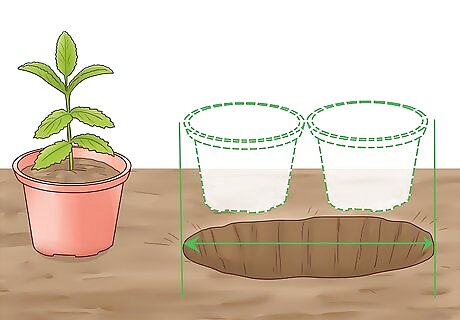
Place existing plants in holes that are twice as wide as their container. If you purchased herb plants, rather than seeds, you’ll need to dig holes for each plant. Make sure the holes have the same depth as the container and are twice as wide. Use your hands to carefully remove the plant from the container and gently break up the roots. Place the plant in the soil, with only the root ball below the surface, and lightly pack the soil around the plant.
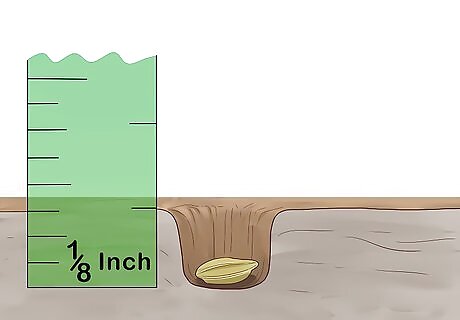
Sow seeds ⁄8 inch (0.32 cm) deep. Use your finger or the eraser end of a pencil to make shallow indentations in the soil. Place 1 seed in each space, then lightly cover it with soil. Take care not to bury the seeds too deep, or they won’t germinate.
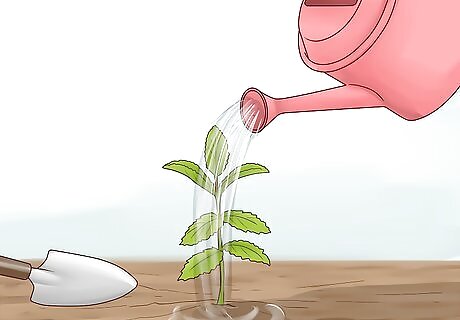
Water the herbs immediately after planting. Once your seeds or plants are in the garden or containers, lightly water them to compact the soil. If you transplanted the herbs, be sure to water down to the root zone to help the plant become established in the soil.
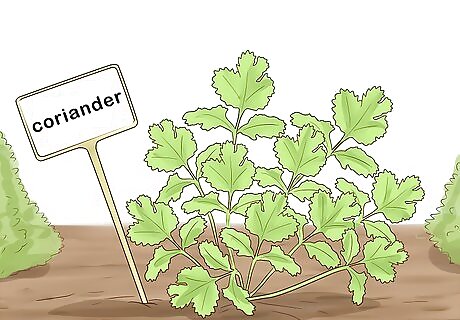
Label each herb. Since many herbs look similar, it’s a good idea to place labels in the garden or containers. You can put the seed packet in a plastic bag and staple it to a wooden stake, which can then be placed in front of the herbs. You could also use the plant label that came with the plants and stick it into the soil near the herbs. Or, you could even make your own labels, such as by painting the herb names on rocks and placing them near each herb. No matter which type of label you choose, make sure it is waterproof!
Caring for the Herbs

Water the herbs when the soil feels or looks dry. Herbs should be watered based on the soil conditions, rather than after a set number of days. Every few days, inspect the soil where the herbs are planted. If it looks dry, or the top few inches feel dry, lightly water the soil but not the foliage. Do your best not to overwater the plants, as herbs only require moist, not soggy, soil. Water the herbs in the morning or evening, rather than in the heat of the day.
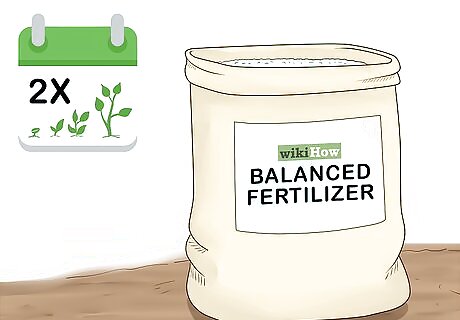
Apply balanced fertilizer 1-2 times per growing season. Herbs don’t require much fertilizer, especially if they’re planted in rich soil. You can use a natural, balanced fertilizer once or twice each growing season, but be warned that too much fertilizer can alter the flavor of the herbs. Simply sprinkle slow-release granules of fertilizer onto the soil around the herbs. Use only half as much as the package directs. Herbs in containers require more fertilization than those grown directly in a garden. Aim to fertilize herbs in pots twice per growing season.
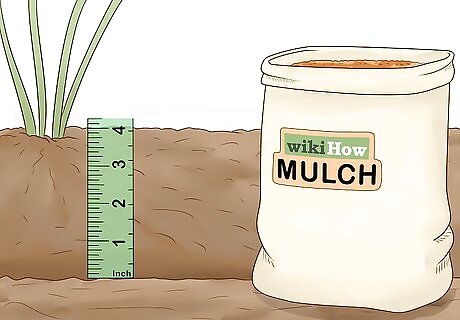
Add a layer of mulch that is 2–4 inches (5.1–10.2 cm) deep. To preserve moisture, protect the herbs from cold temperatures, and keep weeds from growing near them, you can add mulch. Choose an organic mulch like leaves, pine needles, straw, wood chips, or cocoa bean shells, and layer it up to 4 inches (10 cm) deep around the base of the plant. Take care not to get mulch on the crown of the plant.
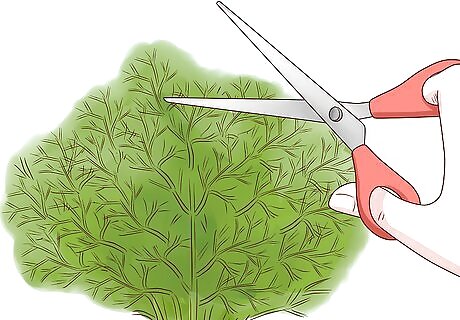
Trim the tops or leaves of the herb to increase growth. Throughout the growing season, you can increase your yield with a little pruning. Use sharp shears to cut away small portions of the top of the plant or the leaves. Avoid pruning more than ⅓ of the plant, which could damage it and decrease its growth.
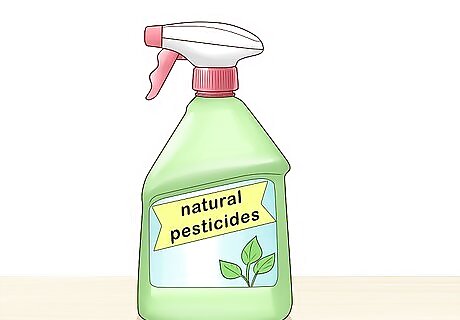
Use natural pesticides or fungicides, if necessary. Herbs don’t generally suffer from diseases or pest infestations. However, if you do notice problems, like spider mites or powdery mildew, use natural products to treat the herbs. Visit your local garden center and ask for a recommendation on a pesticide or fungicide to clear up your specific problem.
Harvesting Herbs
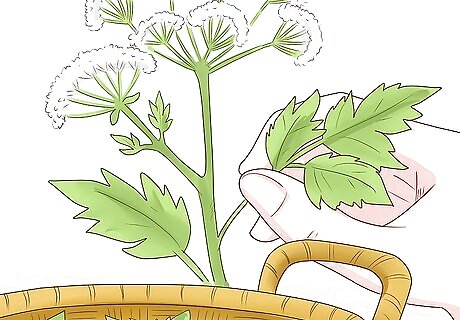
Harvest the herbs at their peak. You’ll know the herbs are at their peak when the flowers begin to form. Pick the herbs early in the day to keep the sun from baking the essential oils inside the plant.
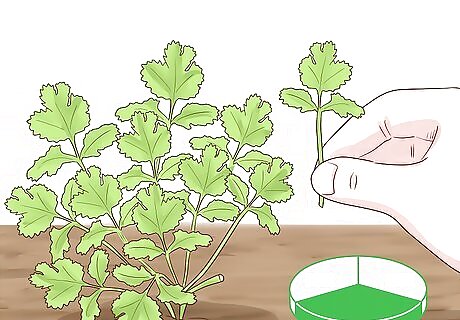
Pick less than ⅓ of the plant. To harvest your herbs, simply snip off the stems you want to use. Avoid harvesting more than ⅓ of the plant, though, or you risk decreasing the yield as well as the plant’s health.
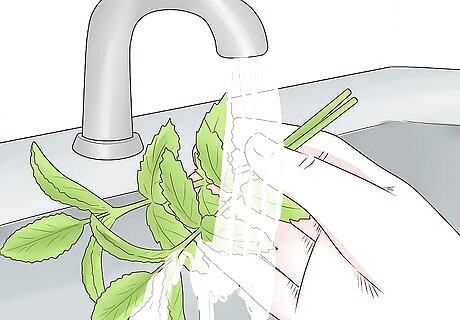
Clean and strip the stems. Rinse the herbs under cool water to remove dirt or dust, then pat them dry with a soft towel or paper towel. Some herbs, like oregano, thyme, and rosemary, have woody stems that you don’t want to eat. In these cases, strip the leaves from the stems by gently pulling them off the base with your fingers.
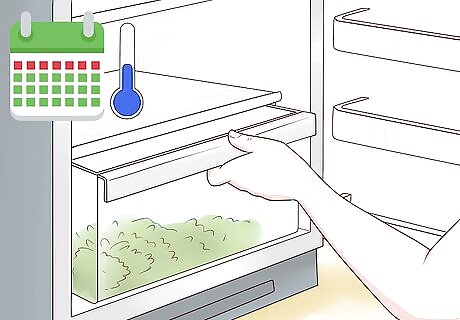
Store the herbs in the fridge for up to 7 days. For best results, use fresh herbs within 7 days of harvesting them. In the meantime, you can store them in the crisper, or a low shelf, in your fridge.


















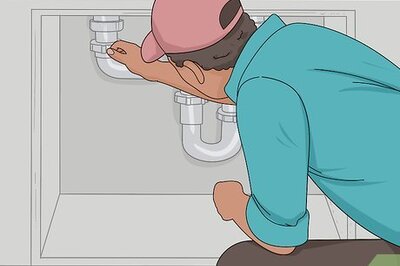

Comments
0 comment